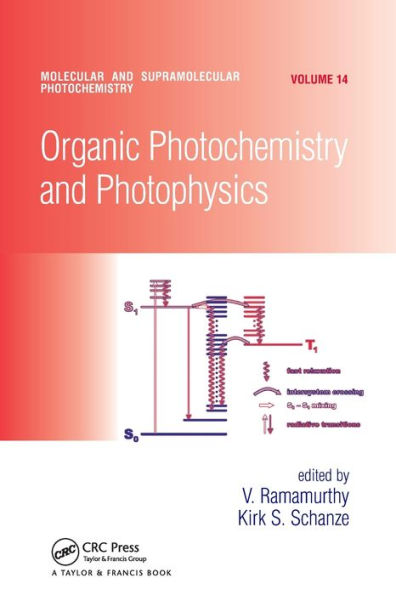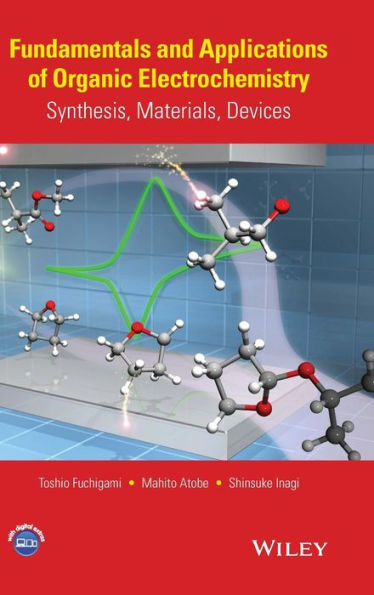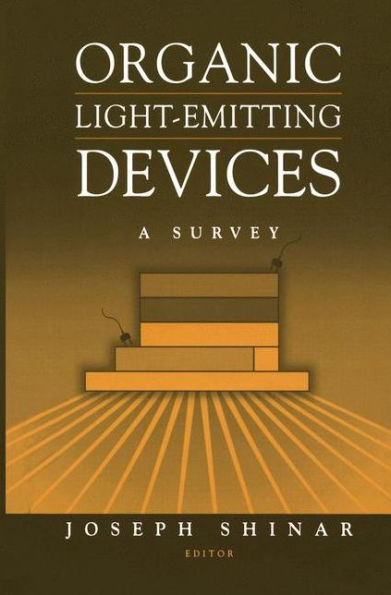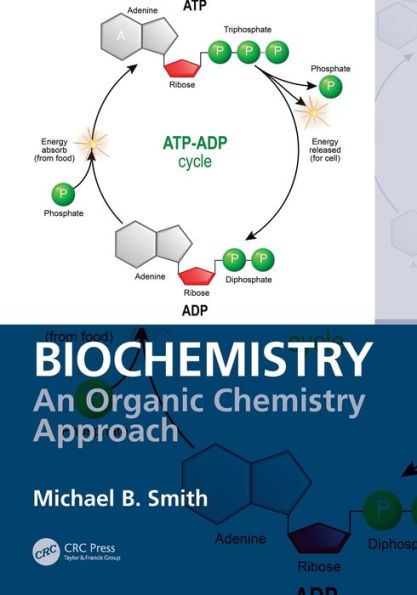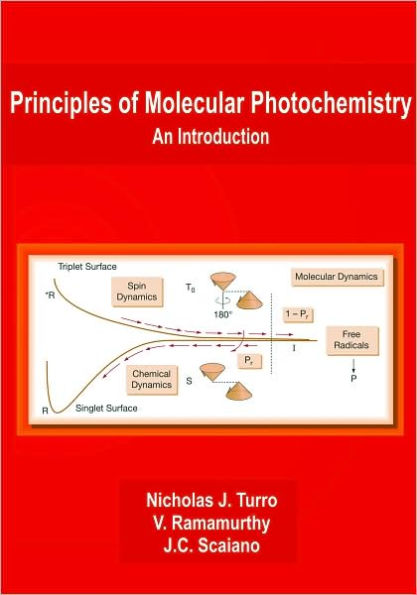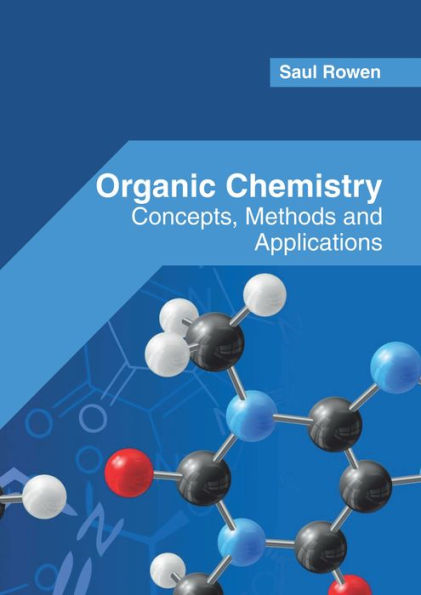Home
Photoactive Organic Materials: Science and Applications / Edition 1
Loading Inventory...
Barnes and Noble
Photoactive Organic Materials: Science and Applications / Edition 1
Current price: $329.99


Barnes and Noble
Photoactive Organic Materials: Science and Applications / Edition 1
Current price: $329.99
Loading Inventory...
Size: OS
*Product Information may vary - to confirm product availability, pricing, and additional information please contact Barnes and Noble
In June 25-30, 1995 the NATO Advanced Research Workshop on" PhotoactifOrganic Materials: Science and Applications, devoted to organic materials and their specific responses to the light beam in view of their exploitation in devices was held in Novotel hotel in Avignon, France. It consisted ofplenary lectures, given by leading specialists in tbis field, shorter oral contributions and a poster session. Three working groups discussed more specific aspects related to (i) molecular engineering, (ii) electroluminescence and photorefractive effects as weil as (iii) nonlinear optical response of these materials, respectively. It allowed deeper insights into different problems and aspects of the workshop field. The conclusions of working groups were presented last day by their leaders. These pointed out the progress, problems encountered as weil as possible developments. The presentations have been followed by a plenary, brainstorm . discussion. The talks presented ranged around the working group subjects. Important progress was noted in the field of organic light emitted diodes (LEDls), as discussed and presented by several speakers. Light emission over the entire visible spectrum, from blue to red is possible with organic polymers. Tbis can be done on large, flexible surfaces with low cost. The best organic LEDls show actually the operation life time of 1600 to 1700 hours at room temperature. One expects their commercialization in the near future. Sirnilarly, important progress has been accomplished with photorefractive of merit for these materials are better than those for polymers.
